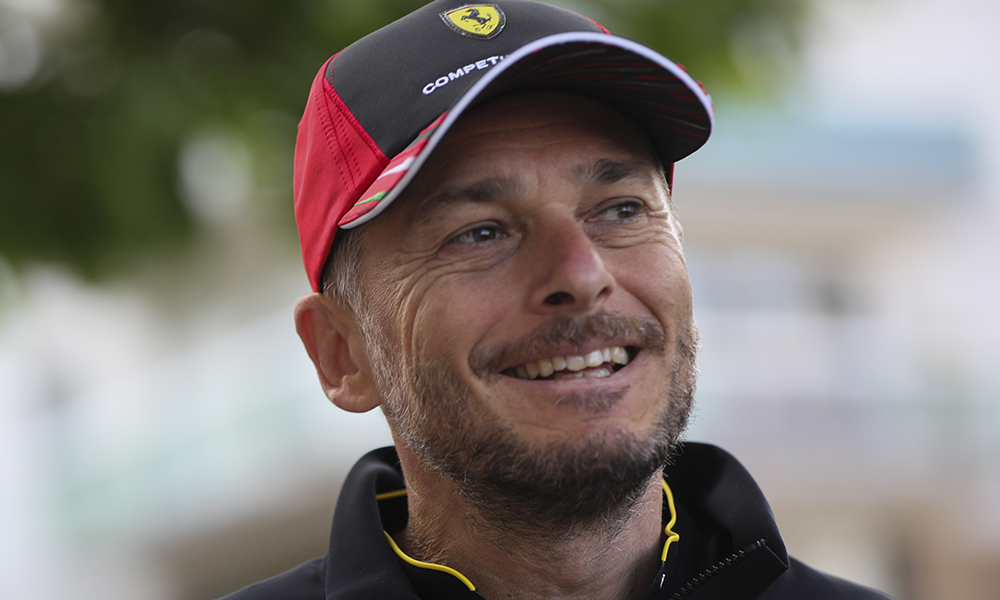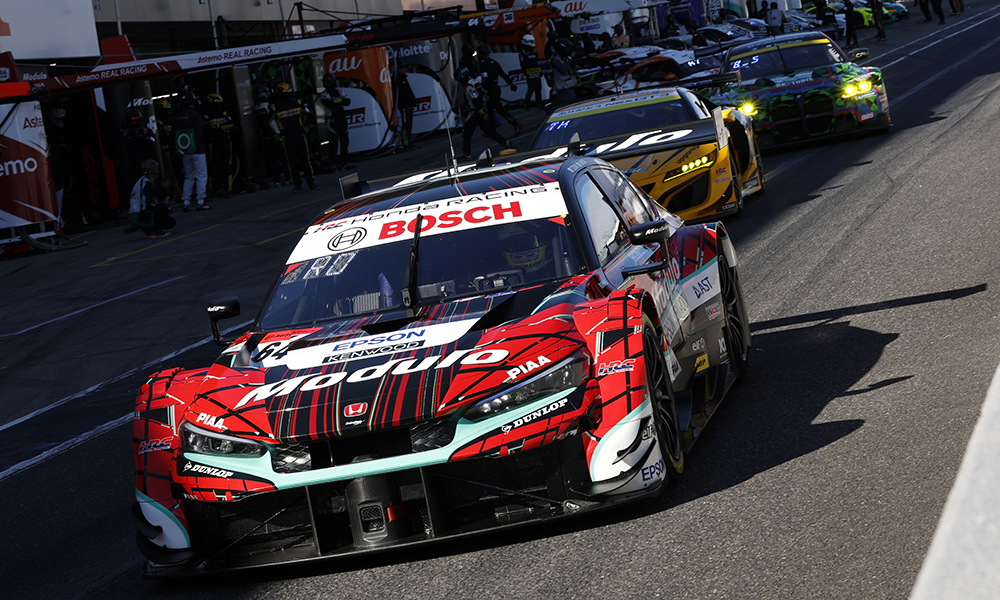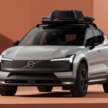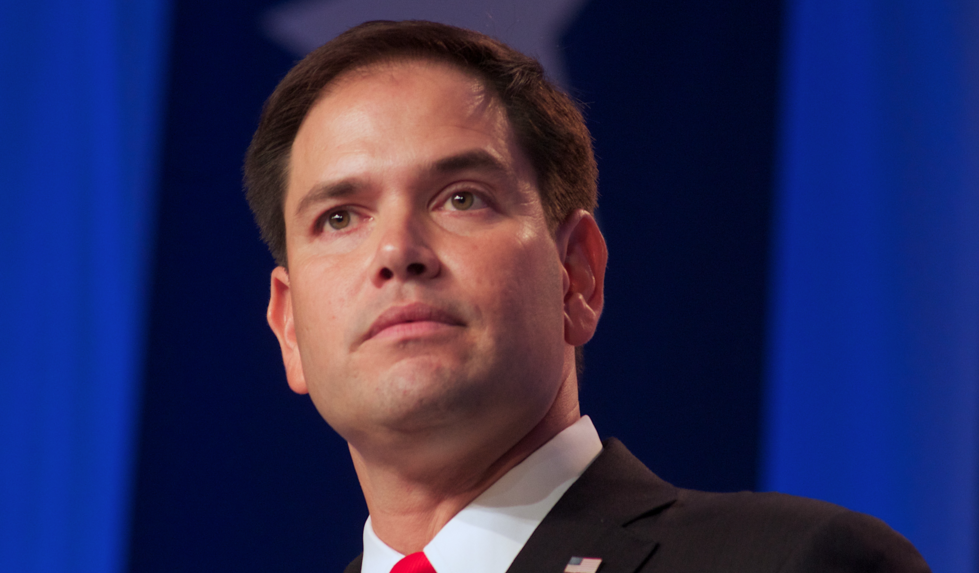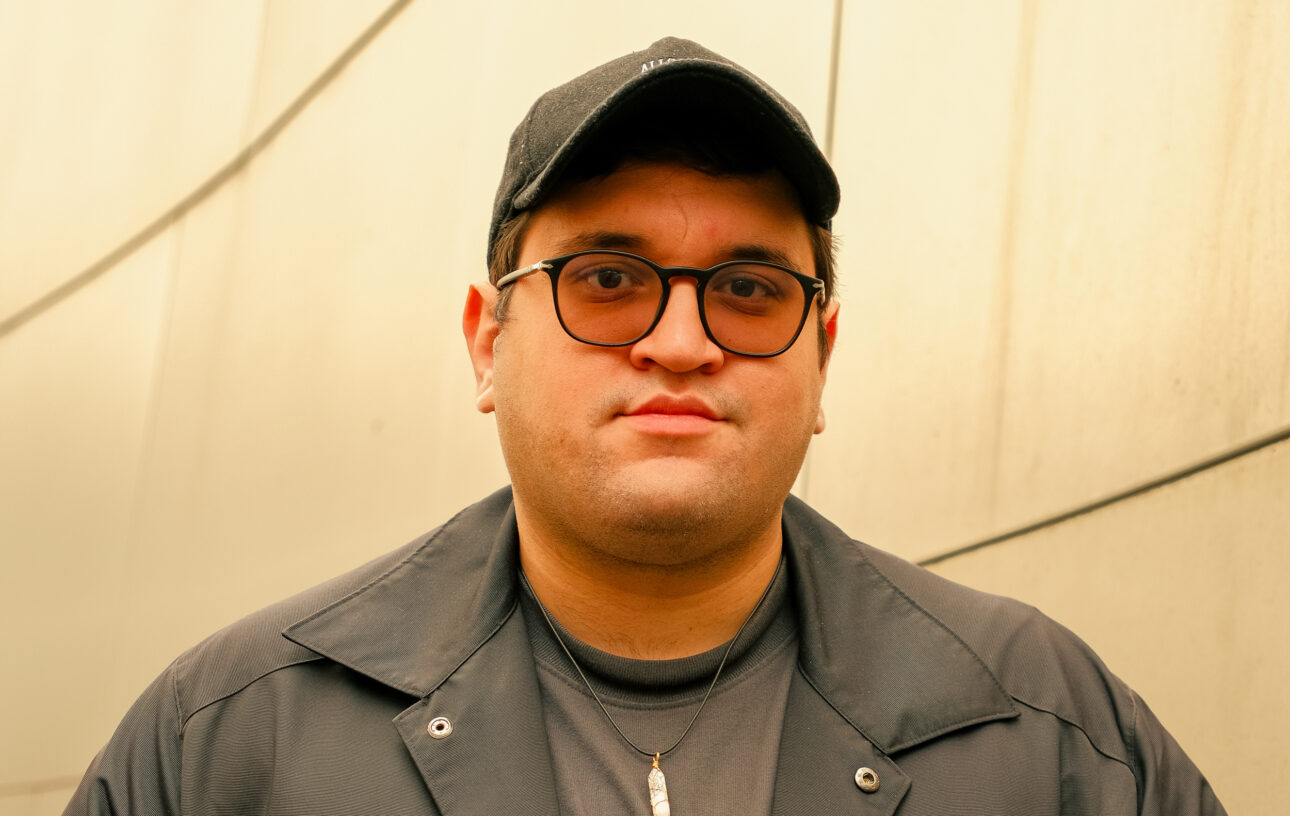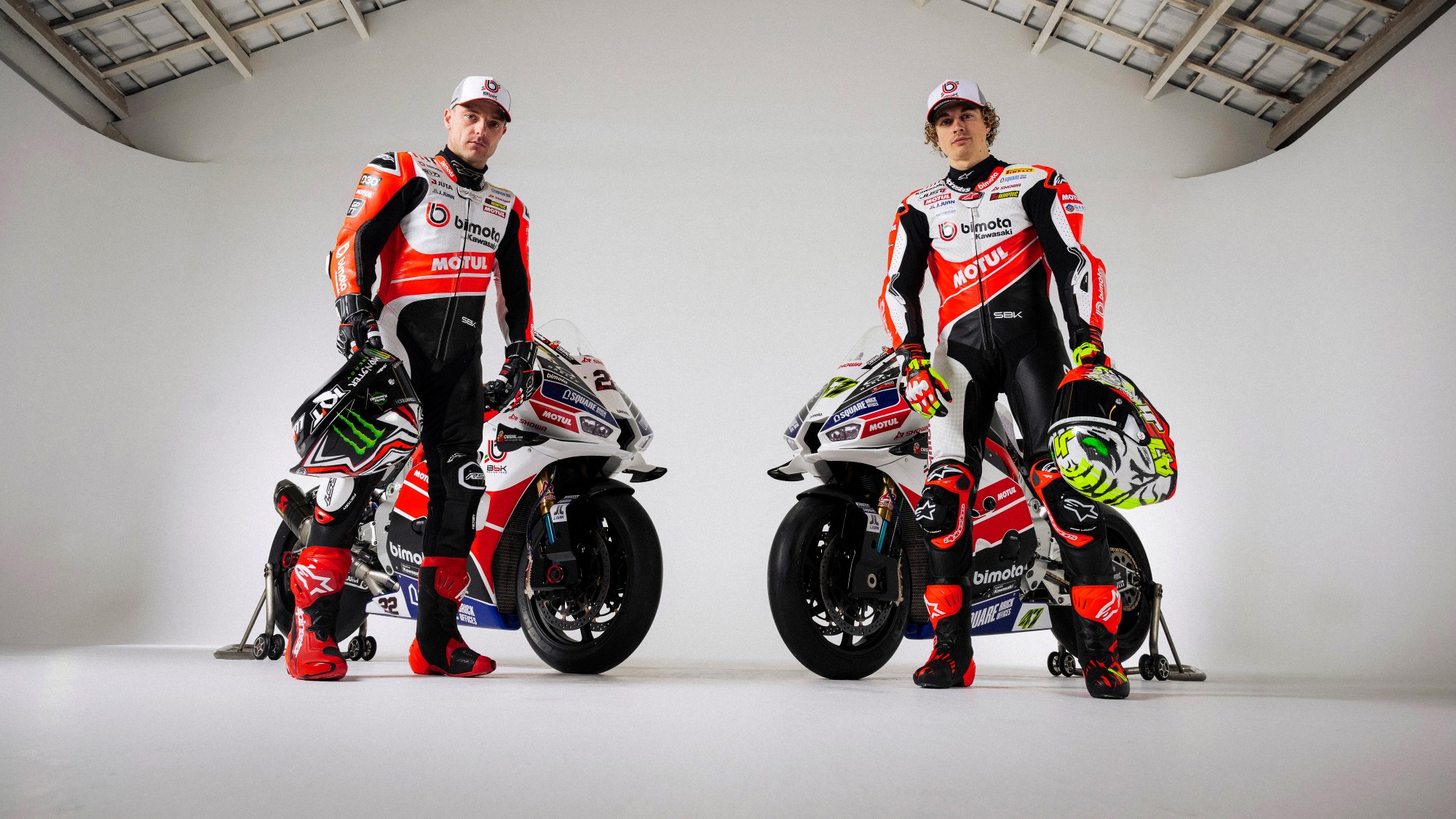The thinking behind Honda's huge IMSA gamble
Honda has made a big change to its IMSA program for 2025 which affects everything it does on and off the track, and could have a bigger (...)

Honda has made a big change to its IMSA program for 2025 which affects everything it does on and off the track, and could have a bigger impact than you might think.
For 2025, the No.93 Acura ARX-06 has its engineering and strategy executed directly by employees of Honda Racing Corporation US.
“It’s the next step for us,” HRC’s President David Salters told RACER. “We’ve got a factory full of super-smart people that help make our race cars, power trains, control systems, vehicle dynamics, chassis setup, all that sort of stuff.
“So we do most of the engineering under the bodywork. But the next challenge is actually racing our own cars. So race engineering them, strategizing them, all the things that go with that, which is the real pointy end of the stick.
“Why might we want to do that? Well, we’re here to learn. We’re here to challenge ourselves, and it seems like fun, in a masochistic sort of way!”
Previously, Honda/Acura has designed and built the car and then relied on its team partners to engineer and run strategy for its cars while providing more of a support role. It’s a very common strategy.
When the ARX-06 was introduced, that was initially with Meyer Shank Racing and Wayne Taylor Racing, while it was just WTR last year. Now Acura is back with MSR, where it finished on the podium last month for the third year in a row at Daytona since this LMDh, GTP rule set was introduced in 2023 (although it was the No. 60, not the No. 93 on the podium this year after the latter has a suspension failure).
One of the real benefits of this move is ‘closing the loop’. Previously, at the track, external team members would feed back information to HRC and then it would process this data in order to advise on solutions or use it to inform the development of the car. Now, its internal people are engineering the car and feeding directly back to their own in-house teammates.
Car development is a big thing here. Instead of relying on the feedback of a team and their drivers, HRC’s own employees can process the data and suggest or work on upgrades and developments for future cars with direct data. It’s no criticism of the previous model, but it closes the loop and brings those decisions that bit more in-house with people more familiar with HRC and its processes.
But this also applies in the simulator. Both the engineer and strategist newly-assigned to the No. 93 car – Stefano Pulcini and George Angelidis respectively – have come from HRC’s simulator efforts. Teams are always working on correlation, but now HRC’s staff are going direct from the race track, where they work with drivers and team members analyzing what the car is doing, and can apply that knowledge to the sim.
That’s only going to help the simulator become more accurate and make the work done in the simulator more valuable.
The strategy work fits in really well with Honda as a wider company too, because it’s about learning how to make and adapt analysis tools to predict what is going to happen in a race, and therefore be able to react to it in the most advantageous way possible.
 Bringing the No. 93 program in-house has given Honda’s own engineering staff hands-on experience with the racing operation. Brandon Badraoui/IMSA
Bringing the No. 93 program in-house has given Honda’s own engineering staff hands-on experience with the racing operation. Brandon Badraoui/IMSA
It’s going to be really hard for HRC to get this right, but it will learn a lot along the way.
“There’s a lot of tech underneath race strategy, so how can we develop that looking forward?” says Salters. “It’s what all the race teams are trying to do. Of course, you need a lot of experience to go with it. It’s a new challenge — how can we bring a slightly different perspective on it?
“You’ve got to be humble with this. There’s a lot of people who do this incredibly well, so we’ve got, on our side, a lot of catching up to do.
“On Mike’s side, they do it incredibly well. But, yeah, how do we apply more analytics to that? Which is a really cool Honda thing.”
Salters also pointed to the potential running a team can bring in the future, although this is not a model it is looking to roll out to other series it competes in – for the short-term, at least.
“If we can run our own car, we can also look at the business side, the B2B side, the sponsorship side,” Salters said. “So again, just sort of developing our skills and also trying to balance the books as well a bit.”
One aspect of the change, which was praised by No. 60 driver Tom Blomqvist, is to give the people at HRC more experience and practical learning they can apply to their current and future roles. HRC has always been committed to developing people as well as equipment, and there’s plenty of proof of that in mo st paddocks you visit.
“ car is basically run and engineered from a lot of Honda’s employees to give them some kind of trackside experience as well, which I think is great for Honda; great initiative,” Blomqvist said. “It definitely feels like there’s a lot more resource, which is always fun in racing.”
Speaking of drivers, Salters adds that this change influenced its driver-line-up choice this year, with Nick Yelloly and Renger van der Zande installed as its regulars, both brought in from rival manufacturers in BMW and Cadillac respectively.
Van der Zande is one of the most experienced sports car drivers in IMSA and has played a role in developing cars before. Yelloly has spent a huge amount of time working with F1 teams in a simulator, and therefore he is ideal in a development role. HRC picked up both of these drivers with its new approach in mind.
 Honda’s No. 93 Acura is run in lockstep with the Shank-run No.60 car, including cross-checking strategy calls during races. Brandon Badraoui, IMSA
Honda’s No. 93 Acura is run in lockstep with the Shank-run No.60 car, including cross-checking strategy calls during races. Brandon Badraoui, IMSA
This is also done in tandem with Meyer Shank. Where HRC might have had a short-term loss if it tried to run two cars on its own from the start of the season, it has only taken over one car, so the other, No.60, is being engineered by Meyer Shank, which is also taking care of strategy.
Every time the team is on track, HRC can back-to-back its decision making with MSR to check it did the right thing.
Of course, in the races, it is working together to try and get everything right in the moment, first time. But after the race, it still has a sportscar team with decades of experience to fact-check from.
“We race under Acura MSR. We’re racing for Acura,” adds Salters. “We have two cars. Everything is exactly equal. With sports car racing, you need to use both of those cars intelligently. There is a huge strategy effect or benefit with two cars in sports car racing, especially with yellows, all that sort of stuff. So we have two cars. We race them as a team.
“Mike and I are lockstep, shoulder to shoulder. We have a chain of command. You can’t race by committee, and there’s one person controlling the strategy between the two cars, and we just see them as they’re both Acura cars.”
This only works with a strong relationship with MSR, and the team and Acura certainly have been through the wars over the years.
When it became clear HRC would be implementing this strategy for 2025, it would be easy to point to HRC wanting to remain more involved after MSR was caught manipulating tire data at the 2023 Rolex 24 At Daytona while running an ARX-06. However, HRC has trusted MSR to run its cars again for 2025, and that clearly speaks volumes.
“To be very straightforward, this is something we’ve been thinking about for four or five years, so it pre-dates all of that stuff,” says Salters. “Let’s be straight here. We’ve had over a decade, more than that, a fantastic relationship with Mike, Mike’s a racer and MSR. Obviously, something went catastrophically wrong in 2023, it was unacceptable. As you well know, we saw the issue, we reported it to IMSA.
“There were consequences. But, everyone gets a second chance. There were consequences, but we’ve had a very long-standing relationship, and let’s just focus on the future now.”
For the third year in a row Acura was in contention for victory at the Rolex 24, but last year it struggled to go on and fight for a championship. Now back with MSR, it will be hoping to fight for the championship it so nearly took in 2023, and perhaps its novel idea of splitting the engineering and strategy on both cars will be the difference that allows it to end 2025 as well it has started previous seasons.
























